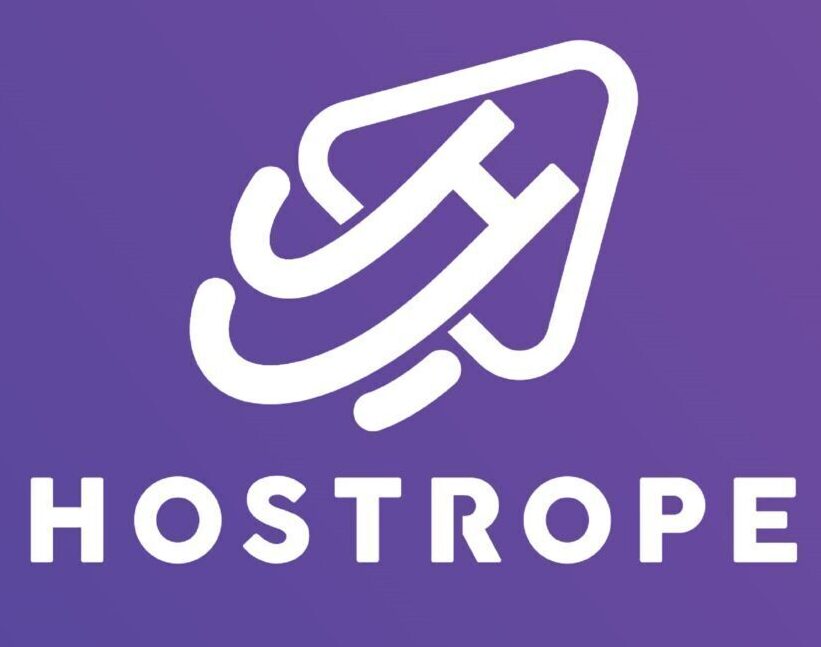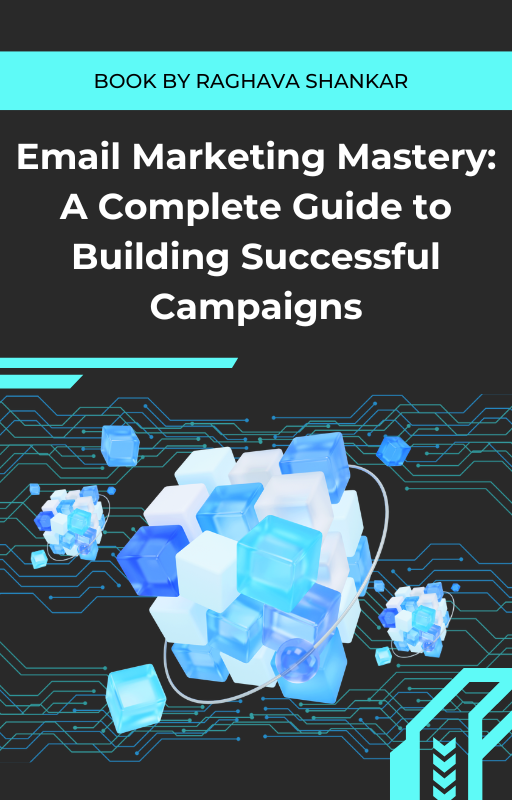Building an email list from scratch is one of the most rewarding tasks for any marketer or business owner. A well-curated list of email subscribers is invaluable for long-term success. It allows you to foster direct communication with potential customers, strengthen relationships, and convert leads into loyal clients.
In this comprehensive guide, we will cover proven strategies, tactics, and case studies to help you build an email list from scratch and grow it consistently. Whether you’re just getting started or looking to improve your current efforts, these tips will guide you toward sustainable list-building success.
Why Email List Building is Crucial for Your Business
Email marketing is one of the most effective channels for engaging with your audience. According to research, email marketing can generate an ROI of $36 for every $1 spent. Email subscribers tend to be highly engaged and are more likely to purchase, engage with your content, or spread the word about your brand. Plus, an email list gives you ownership over your communication channel, unlike social media platforms that can change algorithms and limit your reach.
To build an email list from scratch, you’ll need to focus on creating value, optimizing sign-up forms, and utilizing multiple platforms. Let’s dive into the detailed strategies you can implement today.
1. Understand Your Target Audience
Before you start building an email list, understanding your audience is crucial. You need to know who you’re targeting, their pain points, desires, and motivations. Creating buyer personas will help you design lead magnets, opt-in forms, and email campaigns that appeal directly to your audience.
Key Considerations:
- Demographics: Who are they? (Age, gender, location, etc.)
- Psychographics: What are their interests and values?
- Pain Points: What problems are they trying to solve?
Example:
If you run a health and wellness blog, your audience may be looking for advice on diet, fitness routines, and stress management. Knowing this allows you to create relevant content and lead magnets (like fitness plans or healthy recipes) to encourage sign-ups.
2. Offer High-Value Lead Magnets
A lead magnet is a free resource or offer you give to your website visitors in exchange for their email address. Lead magnets should provide immediate, tangible value to your target audience. The goal is to offer something so enticing that people feel compelled to sign up.
Types of Lead Magnets:
- eBooks or Guides: A detailed, informative resource on a topic of interest.
- Checklists: Simple, actionable steps that help solve a problem.
- Webinars or Workshops: Offer free training or education.
- Discounts and Coupons: Perfect for eCommerce businesses.
- Free Trials or Demos: Allow users to experience your product or service firsthand.
Example:
Brian Dean of Backlinko created a highly effective lead magnet: the “SEO Strategy Guide.” This comprehensive guide helped him add thousands of email subscribers within a few months by offering actionable insights that were highly valuable to his audience.
Case Study: DigitalMarketer
DigitalMarketer, an online training company, doubled their email subscribers within six months by offering various lead magnets tailored to specific audience segments. They created resources like social media templates, marketing checklists, and industry reports, ensuring there was something valuable for each persona they targeted.
3. Strategically Place Sign-Up Forms
A common mistake when building an email list is hiding your sign-up forms. If people can’t easily find where to subscribe, you’ll lose potential leads. It’s essential to place your opt-in forms in high-visibility areas of your website and landing pages.
Best Places to Include Sign-Up Forms:
- Homepage: Use a pop-up, header, or featured box for maximum visibility.
- Within Blog Posts: Insert forms in the middle or end of posts, especially in high-traffic articles.
- Landing Pages: Create dedicated landing pages for specific lead magnets.
- Sidebar: A sticky form on your blog’s sidebar can capture attention while users scroll.
- Exit-Intent Popups: Capture visitors’ emails before they leave your website by showing a last-minute offer or lead magnet.
Example:
Neil Patel’s website uses exit-intent popups effectively by offering free marketing guides just as visitors are about to leave his page. This has led to a significant increase in his email list size.
Case Study: Sumo
Sumo, a list-building tool, used strategic placement of forms such as scroll boxes and welcome mats to help clients grow their email lists. For example, they helped an eCommerce store grow their list by 10,000+ subscribers in just six months by using an aggressive popup strategy that displayed offers at key points during the visitor’s journey.
4. Optimize for Mobile Users
With over 50% of web traffic coming from mobile devices, it’s essential to optimize your email list-building strategies for mobile users. This means ensuring that your opt-in forms are mobile-friendly, your website loads quickly, and your lead magnets are easy to download and access on smaller screens.
Mobile Optimization Tips:
- Use short, simple forms that are easy to fill out on a phone.
- Test your pop-ups and sign-up boxes on mobile devices.
- Ensure your emails and lead magnets are mobile-responsive.
Example:
Shopify ensures that all their sign-up forms are mobile-optimized, allowing mobile visitors to easily sign up for their email list while browsing on the go. This has helped them maintain a steady flow of new email subscribers from mobile users.
5. Leverage Social Media Platforms
Social media platforms can be powerful tools for growing your email list. You can drive traffic to your sign-up forms, lead magnets, or landing pages by promoting them on platforms like Facebook, Instagram, and LinkedIn. Encourage followers to join your email list by offering exclusive content, promotions, or giveaways.
Social Media Tactics:
- Promote Lead Magnets: Share posts promoting your lead magnets and link to the sign-up form.
- Run Contests or Giveaways: Incentivize email sign-ups by running contests that require users to join your list.
- Use Social Media Ads: Facebook and Instagram ads can target highly specific audiences and drive traffic to your opt-in pages.
Example:
Lush Cosmetics ran a giveaway on Instagram where followers could enter by signing up for their email list. This campaign generated thousands of new email subscribers while also boosting engagement on their Instagram profile.
Case Study: Amy Porterfield
Amy Porterfield, a digital marketing expert, has grown her email list by over 250,000 subscribers through Facebook ads that promote her free webinars. By offering valuable, niche-specific webinars, she’s able to capture high-quality leads who are eager to join her list.
6. Utilize Content Upgrades
A content upgrade is a powerful list-building strategy where you offer a bonus resource relevant to a specific blog post in exchange for the reader’s email address. This tactic works because the upgrade is directly related to the content the visitor is already interested in.
How to Use Content Upgrades:
- Identify high-traffic blog posts on your site.
- Create a bonus resource that complements the post (e.g., a checklist, guide, or template).
- Add a call-to-action within the post to offer the upgrade in exchange for an email address.
Example:
If you have a blog post titled “10 Tips to Improve Your Email Marketing,” you could offer a downloadable checklist or “Email Campaign Planning Template” as a content upgrade to attract subscribers.
Case Study: ConvertKit
ConvertKit, an email marketing platform, used content upgrades to grow their email list by over 30%. By offering free resources such as templates, guides, and additional tips tailored to their blog content, they attracted readers who were already engaged and ready to sign up.
7. Use Paid Advertising to Drive Traffic
If you’re serious about growing your email list quickly, paid advertising can be a highly effective way to drive targeted traffic to your sign-up forms and landing pages. Platforms like Facebook, Google Ads, and LinkedIn allow you to reach a highly specific audience that is more likely to convert into email subscribers.
Paid Ad Strategies:
- Facebook Lead Ads: Allows users to sign up without leaving the platform.
- Google Search Ads: Target people searching for solutions related to your lead magnets.
- Instagram Ads: Use visually engaging ads that drive traffic to a mobile-optimized landing page.
Example:
An online course creator used Facebook ads to promote her lead magnet (a free eBook on personal finance) to targeted audiences. In just a few months, she grew her list by 5,000 subscribers and eventually converted those subscribers into paying customers.
8. Collaborate with Influencers and Industry Experts
Partnering with influencers or industry leaders can help you gain exposure to new audiences. By collaborating on webinars, guest blogs, or joint ventures, you can tap into their established following and encourage them to join your email list.
Collaboration Strategies:
- Guest Blogging: Write guest posts for popular blogs in your industry and link to your lead magnets.
- Co-Hosted Webinars: Partner with an influencer to host a webinar and capture both audiences’ emails.
- Influencer Promotions: Work with influencers to promote your lead magnets in exchange for an affiliate commission or other incentives.
Example:
ConvertKit partnered with several high-profile bloggers to run joint webinars, which helped them build their email list quickly by leveraging each partner’s existing audience.
9. Analyze, Test, and Optimize Your List-Building Strategy
Building an email list from scratch is a long-term endeavor, so it’s important to continually analyze and optimize your efforts. Use analytics tools to track your conversion rates, test different strategies, and improve the performance of your opt-in forms and lead magnets.
What to Track:
- Sign-up form conversion rates
- Traffic sources for your landing pages
- Open and click-through rates for your emails
- A/B test different lead magnets, form placements, and CTA copy
Example of A/B Testing:
An eCommerce brand tested two versions of their sign-up form—one offering free shipping and another offering a 10% discount. After a month of testing, they found that the free shipping offer generated 15% more email sign-ups.
Conclusion
Building an email list from scratch may seem like a daunting task, but by following these strategies and consistently delivering value, you’ll see your email subscribers grow over time. Remember, email list building is a long-term investment that can have a lasting impact on your business.
Start today by creating a high-value lead magnet, optimizing your opt-in forms, and promoting your list across multiple channels. With time, effort, and strategic optimization, you’ll build a thriving email list that can fuel your marketing success.












Hello my friend! I want to say that this post is awesome, nice written and include almost all significant infos. I’d like to see more posts like this.